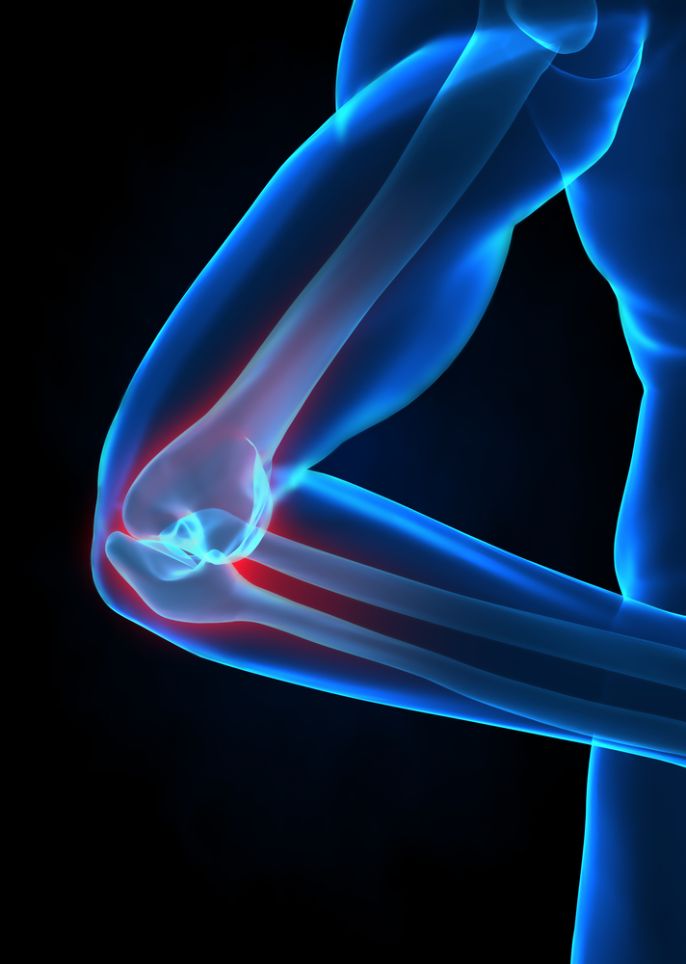Bursitis is a painful condition that occurs when the bursa, a small sac of fluid that sits between bone, becomes inflamed. This can occur for many reasons, including injury, overuse, infection and trauma. Pain from bursitis can range from mild to severe.
Common symptoms of bursitis include swelling, pain, warmth and redness. In addition, you may experience fever and decreased range of motion in the affected joint. If you notice any of these symptoms, you should seek medical attention. A health care provider can diagnose the condition through a physical exam and lab tests.
Treatment for bursitis can vary from simple rest to surgery. Rest is important, as it can help to control inflammation and reduce the pain. Some people also benefit from physical therapy. Physical therapy can help to stretch and strengthen muscles in the affected area. It can also help to retrain the patient for activities that are less likely to aggravate the condition. An occupational therapist can also offer advice on how to avoid or minimize the risk of bursitis.
Anti-inflammatory drugs such as ibuprofen and naproxen can help alleviate some of the symptoms of bursitis. However, these drugs aren’t effective for patients with deeper forms of the condition. For these patients, topical NSAIDs may be an option. Using a warm compress two times a day can also help.

Other options for treatment are steroid injections or corticosteroid pills. Depending on the severity of the case, a doctor might prescribe antibiotics or other medications to combat the infection. These may include oral antibiotics, or intravenous antibiotics.
Surgery is a last resort for some cases of bursitis. In such cases, the doctor may recommend removing the infected tissue. He or she will likely use a syringe to drain the fluid. This can be repeated several times over a few days to allow the body to heal. Sometimes, steroid shots are required to reduce the swelling and pain.
Depending on the etiology of the bursitis, the condition can cause permanently limited range of motion in nearby joints. However, if the bursa is superficially sited, it might not be evident. The best way to prevent and treat bursitis is to reduce the pressure on the affected joint. Avoiding repetitive motions or wearing a custom-fitted brace can help reduce the risk of the condition.
You may be able to reduce the risk of developing bursitis by ensuring that you maintain a healthy body weight. Keeping a balanced diet and doing plenty of exercise can help you to stay healthy. Proper posture can also help to relieve some of the symptoms of bursitis.
If you do experience some of the symptoms of bursitis, you should seek medical attention as soon as possible. If your condition worsens, you may be able to regain some of the movement in the joint by immobilizing the affected joint or using a splint. Splints can also provide support and help to maintain good alignment.
Infected bursitis can require antibiotics, and other treatments. For more severe cases, surgery or injections may be necessary.











